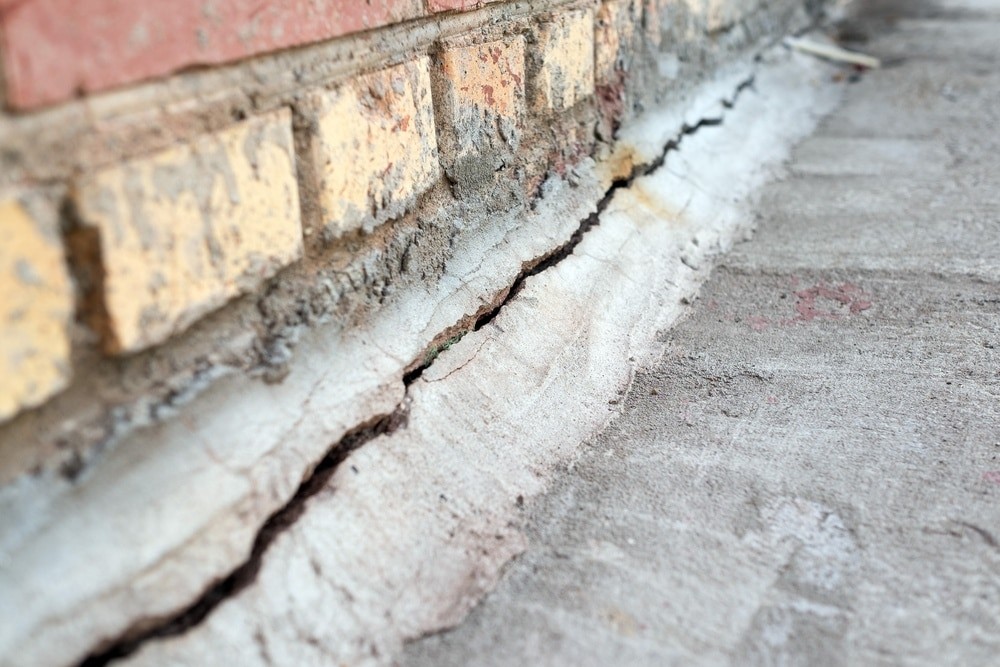
Professional Insights: Detecting Leaks in Concrete Slab Foundations
Walking into a home that feels just right can be hard to put your finger on, until you notice something off, like an unexpected warm spot on the floor. That’s where questions start popping up about what lies beneath those concrete slabs. Could there be leaks?
It’s no small issue when water decides to go rogue under your house. Spotting early signs of slab leaks takes a bit of know-how, and choosing the right detection technology isn’t as straightforward as it sounds. Sure, there are DIY inspection techniques that might save the day, but sometimes, only professional repair solutions will cut it for homeowners looking to keep their sanctuaries safe and sound from sneaky leak troubles underfoot.
Keep reading to learn more about the signs of a slab leak and how to find slab leak repair.
Spot Early Signs of Slab Leaks
Noticing unexpected high water bills? This spike could hint at a leak beneath your home’s foundation. Before blaming the uptick on increased usage, turn off all appliances and faucets inside and monitor your meter.
If it continues ticking away, suspect an underground issue. Likewise, unexplained puddles or damp spots signal trouble; these often emerge long after local rainfall has ceased. Feeling unusual warmth underfoot can also point toward a hot water line breach, an invisible problem until noticeable damage surfaces.
Mysterious sounds of flowing water when taps are shut tight likely indicate hidden leaks. A professional assessment and residential slab leak repair ensure timely intervention to prevent extensive structural damage and high utility costs.
Choosing the Right Detection Technology
When choosing the right detection technology for leaks in concrete slab foundations, it’s crucial to weigh your options carefully. Acoustic sensors and ground-penetrating radar (GPR) are top choices among professionals. Acoustic sensors work by detecting sound waves from leaks, effective even through thick slabs.
However, they can struggle with background noise interference. On the other hand, GPR scans the ground under a foundation using electromagnetic radiation to pinpoint anomalies indicating potential leaks without direct contact with surfaces or requiring invasive drilling methods. It offers a more comprehensive view of what lies beneath but might come at a higher cost compared to acoustic detectors.
Your decision should factor in accuracy needs against the available budget since both technologies have their advantages depending on specific situations faced during leak detection tasks in residential properties or larger building projects where precision is paramount.
Professional Repair Solutions for Homeowners
When you spot damp areas on your floors or notice your water bills creeping up without a good reason, it’s time to be alert for slab leaks. These subtle signs point to potentially serious problems beneath your home’s foundation. Letting these issues linger can lead not only to increased costs but also structural damages over time.
The soil around your house and temperature shifts play big roles in stressing pipes, which may crack under pressure. If pests suddenly appear or parts of the floor feel unusually warm, consider these as red flags for hidden leaks. Deciding between repiping and repairing is crucial; while repairs might seem less daunting initially, opting for repiping could safeguard against future hassles and expenses by eliminating old, leak-prone pipes altogether.



